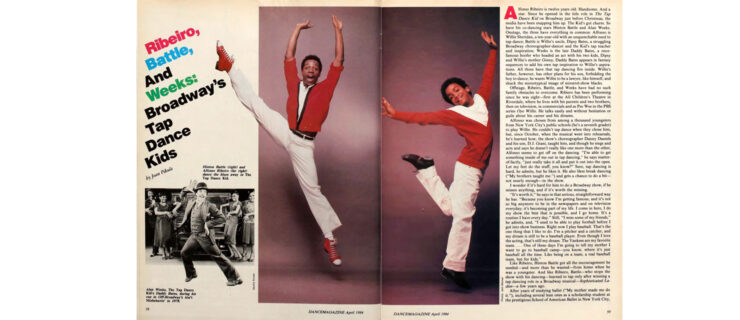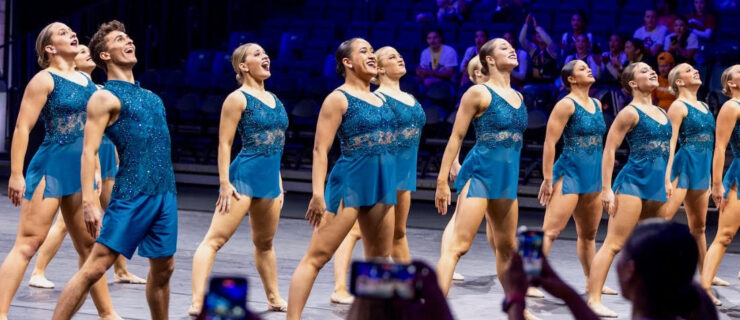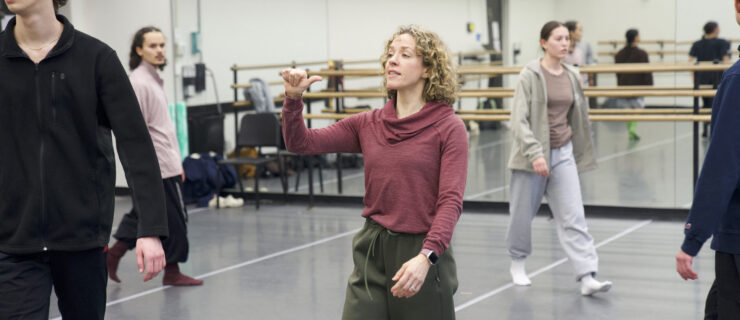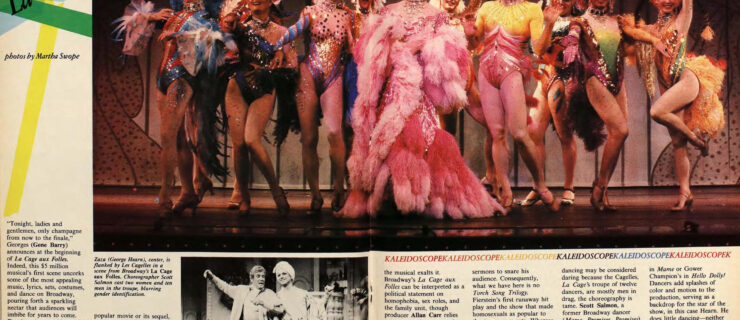Rants & Raves
It doesn’t matter what ballet company you visit in whatever city, invariably the marketing people are scratching their heads and wracking their brains to figure out how they can entice young people to attend their performances. I have a modest proposal. Let’s start at the beginning with all those thousands of starry-eyed young hopefuls who flock to local studios all over the nation hoping to live out the dancing dream. These people should be the audiences of the future. But something happens along the way when they find out they can’t all be ballerinas—because they don’t have the right teacher, the body, the musicality, the stick-to-it-ive-ness, the parental support, the money, or the luck or maybe the passion for doing it just subsides. The fortunate ones find they might want to dance in other ways, or go on to be lawyers or philosophers or arts managers and lighting designers who cherish their dance training as part of life’s journey and an enormous part of who they are, but not all of who they are. They leave with their passion intact and find their way into the theater to see others dance.
But those who have been rejected often turn bitter. When that bitterness turns the dream sour, then the passion is extinguished and they never want to see ballet in a theater again. My proposal is that ballet teachers, knowing that only a tiny fraction of their students actually become ballerinas, might consider alternative ways of teaching so that when a student realizes that she may not be able to dance for a living, she doesn’t then hate it as passionately as she once loved it.
What would that take? Cultivating an appreciation for dance as an art form and not just the technical virtuosity that is but one part of it; finding and recognizing the strengths in all students; and stressing ballet as something that all can do even if only a few get to perform it onstage. In other words, diminishing the horrific competitiveness and subsequent feelings of rejection and self-deprecation that teachers often instill in fragile young psyches. Teachers might include libraries —of books and DVDs—in their studios, so students may learn about the many ways of dancing or being involved in the dance world. How about inviting guests to teach flamenco, belly dance, swing or folk dance? These styles honor a variety of body types and ages. Improvisation and composition provide students an opportunity for creative work.
I have seen too many college students unable to see and appreciate the invention in a stunning ballet because they can’t get past the pointe shoes or tutu—the very accoutrements that probably led them to ballet in the first place. Over the course of the last century we have seen that that there are many styles of learning. There are also many ways of teaching. Some time ago we dropped the wooden stick when making corrections, but many teachers have substituted more damaging psychological sticks in prodding their students.
If we want to see ballet flourish we need to pay attention to the thousands who begin by loving it, and embrace values that are consistent with all enlightened teaching. We need to keep them loving it.
Rose Anne Thom is on the dance faculty at Sarah Lawrence College. She has contributed to Dance Magazine since l968 and to other periodicals and encyclopedias.




